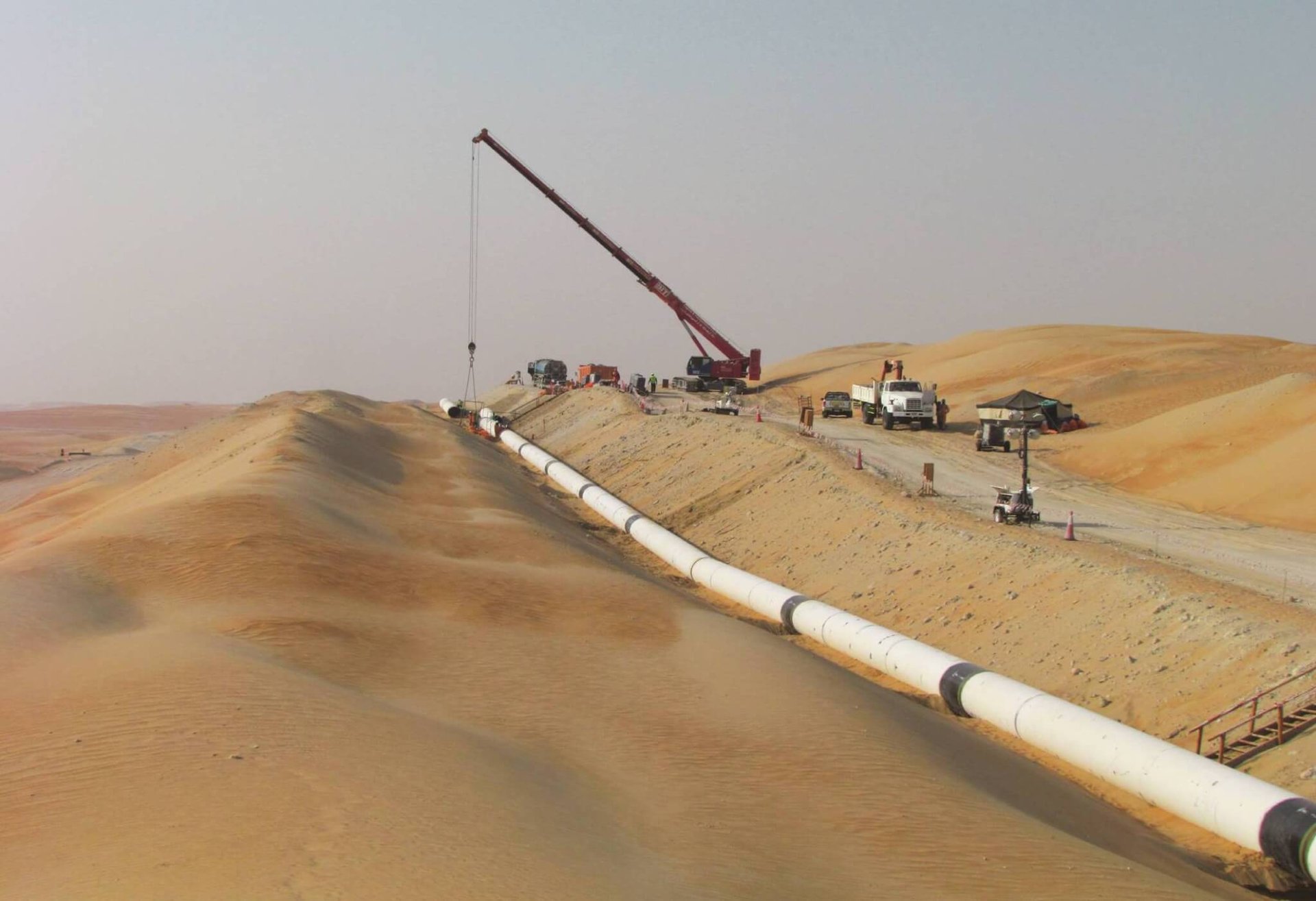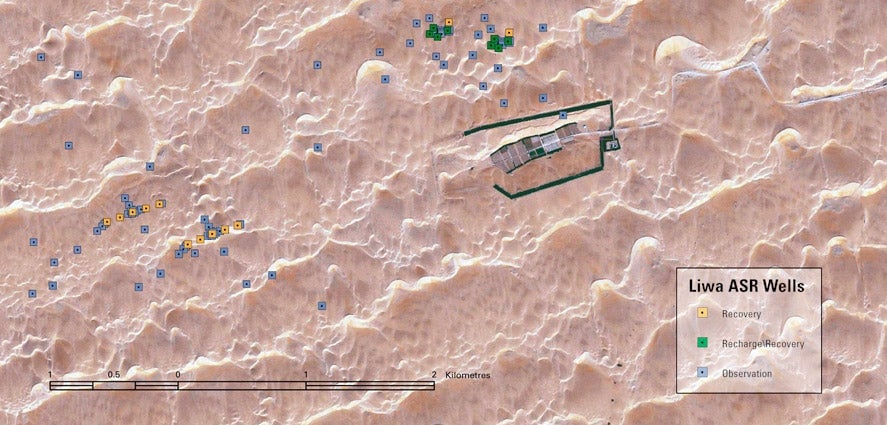The UAE has built the world’s largest desalinated water reserve—under a desert
Abu Dhabi, UAE


Abu Dhabi, UAE
In 1960, the United Arab of Emirates had about 90,000 people. Today, it has 100 times as many. That wouldn’t have happened purely because someone found oil in the desert. The country’s residents need water, and a lot of it.
Oil has helped, of course. It has allowed the country to build large, expensive, and energy-intensive desalination plants. Such is the UAE’s love for water that it now lists among the world’s highest consumers of water, at about 600 liters per day per person.
Today (Jan. 15), at the launch of the 2018 International Water Summit in Abu Dhabi, the country took a big, bold step to ensure water security for its residents. The Abu Dhabi Water & Electricity Authority unveiled the world’s largest reserve of artificially desalinated water.
The reserve exists in an aquifer under the Liwa desert at the southern edge of the country, about 160 km away from the desalination plants located at the coast. It contains about 26 billion liters of water, and needed 26 months to fill it up. In case of emergencies, the reserve can provide about 100 million liters of water per day to the country’s residents.
The water the reserve can provide each day is only a fraction of the country’s 6 billion liters of daily consumption. That’s because the total consumption includes uses beyond the bare necessities, such as watering the country’s many golf courses, running its indoor shark pools, and huge entertainment parks.

Even before we think about the scale of the enterprise, it’s mind-boggling to consider there’s a country on the planet whose strategic water reserve lies under a desert.
The planning to build the reserve began in 2002, and it cost about $450 million. The desalinated water is transported through large pipes (about 1 meter in diameter), which had to be pieced together in the desert through high-precision welding to make them leak-proof for at least 50 years. The water is then dumped about 80 meters underground through perforated pipes, where it seeps deeper into the aquifer. There are about 300 wells to recharge, recover, and observe the aquifer’s water.
“Desalination plants can be shut down by storms, a malfunction, a random sea raft, and even the red-tide phenomenon which has been exacerbated by climate change,” said Saif Saleh Al Seairi, who heads ADWEA. The red-tide phenomenon is another phrase to describe an algal bloom, which occurs more frequently as the seas warm. ADWEA’s research (pdf) shows that algal blooms are a new and potentially serious threat to water security in the region. “The government realized the need for an alternative supply to cover our needs [and] also mitigate against climate risks,” he continued.
Al Seairi said that lessons learned in building the reserve will be shared with “regional partners.” These lessons are likely to help make the next such project slightly cheaper. Even then, though Al Seairi didn’t say it explicitly, those regional partners can only include petro states that can afford such an expensive reserve. For most others facing water scarcity, there’s no oil money to help.